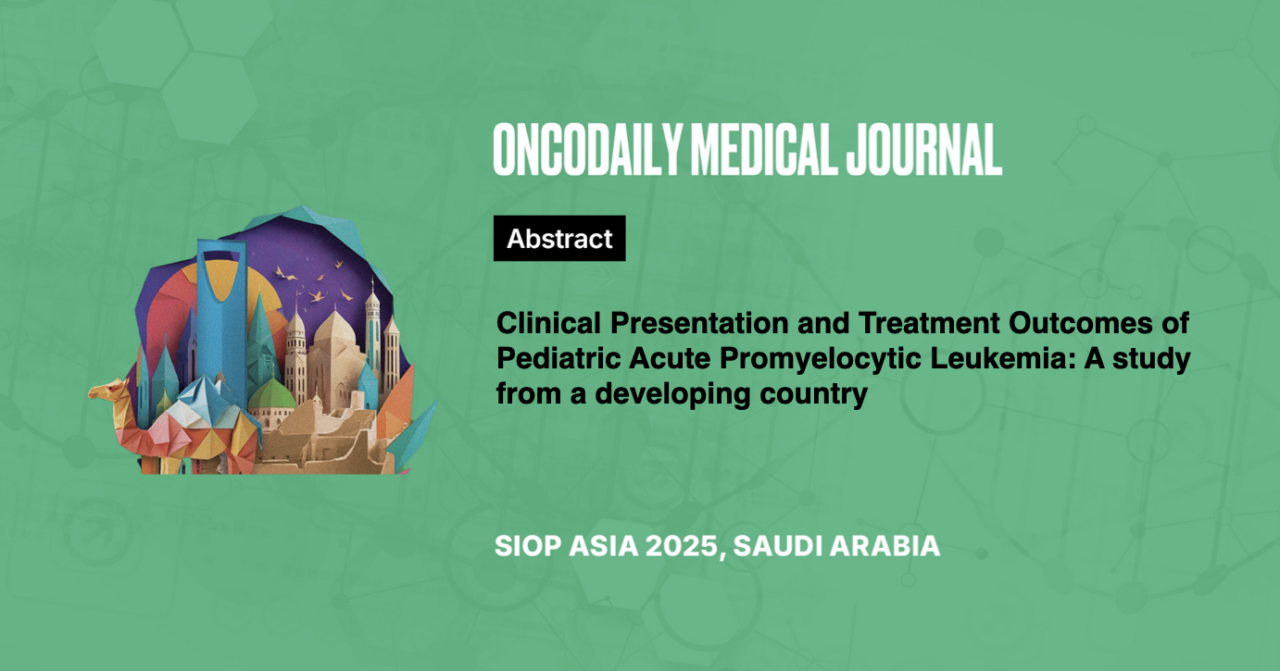Clinical Presentation and Treatment Outcomes of Pediatric Acute Promyelocytic Leukemia: A study from a developing country
Abstract
Introduction: Acute Promyelocytic Leukemia (APL) constitutes 4–8% of pediatric acute myeloid leukemia. Advances in treatment with all-trans retinoic acid (ATRA) and arsenic trioxide (ATO) have improved survival rates to nearly 90%. However, chemotherapy-related toxicities, particularly anthracycline-induced cardiotoxicity, remain a significant concern. Recent evidence supports chemotherapy-free protocols for low-risk APL and reduced anthracycline use for high-risk cases. Since 2019, our center has adopted ATRA and ATO-based regimens with selective low-dose anthracycline use. This study evaluates the impact of this approach on morbidity and survival in pediatric APL.
Methodology: This retrospective study analyzed patients aged 1–16 years diagnosed with APL at the Indus Hospital and Health Network between January 2019 and December 2022. Data on demographics, risk stratification, treatment protocols, and outcomes were retrieved from electronic medical records. Statistical analysis was performed using SPSS version 22.0, with Kaplan-Meier curves for survival analysis and Chi-square or Fisher’s exact tests for associations.
Results: A total of 50 patients were diagnosed, with a mean age of 11.4 ± 3.4 years. Of these, 28 (56%) were males, and 22 (44%) were females. Thirty-three patients (66%) were high-risk (white cell count ≥10,000/μL). Among the 38 patients eligible for post-consolidation molecular remission assessment, 36 (95%) attained remission. Overall disease-free survival (DFS) was 60% (30/50), rising to 65% (30/46) after excluding treatment abandonment cases. DFS was 82% (14/17) for low-risk patients and 48% (16/33) for high-risk patients. Among 11 total deaths, 10 occurred in high-risk patients.
Conclusion: The molecular remission rate of 95% highlights the effectiveness of this approach. However, the high mortality in high-risk patients and an overall DFS of 60% underscore the need for enhanced supportive care and tailored strategies to minimize and address complications. These findings emphasize the potential of individualized, low-toxicity protocols in pediatric APL, particularly in resource limited settings.





